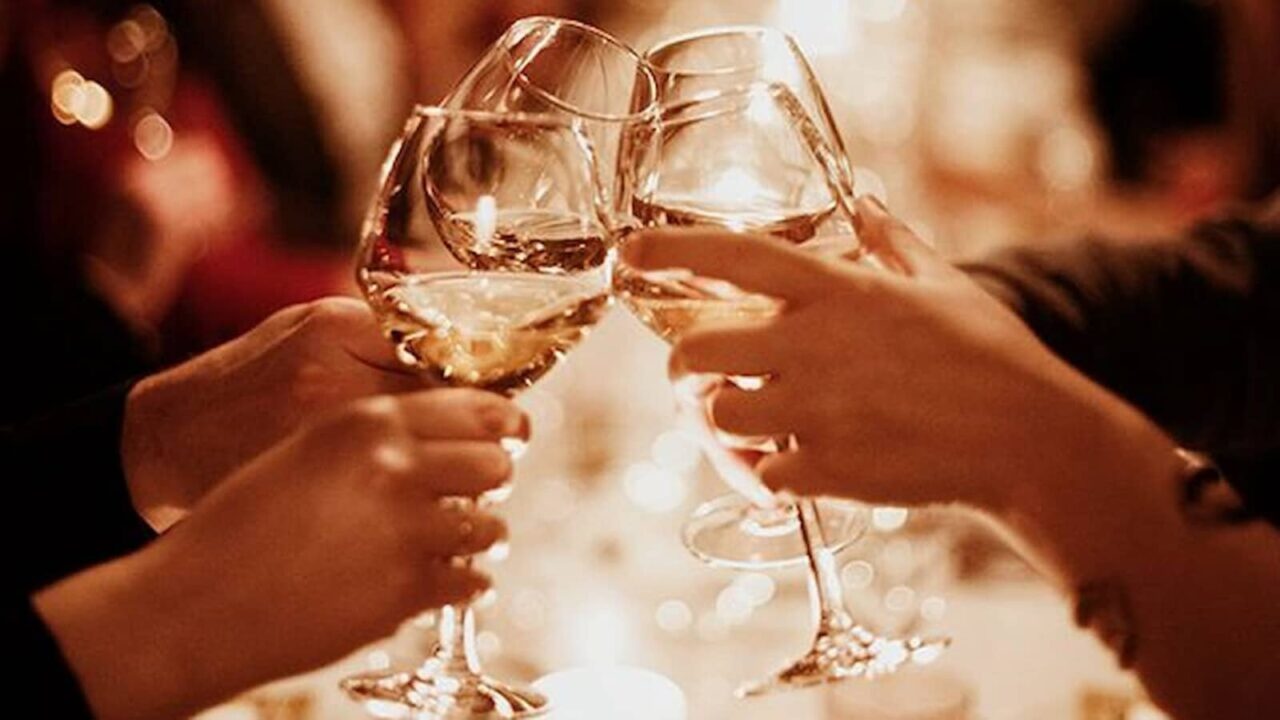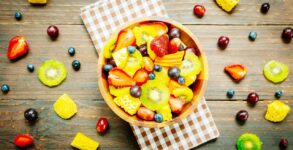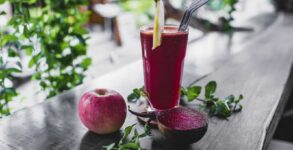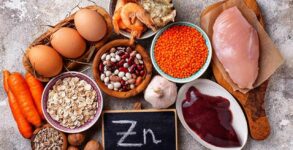National Champagne Day 2023: National Champagne Day, observed unofficially on December 31, is devoted to the pleasure of imbibing this carbonated liquid. It arrives just in time for champagne enthusiasts on New Year’s Eve, providing an even more compelling reason to crack open a bottle—or two!
The History of National Champaign Day
In the mid-2000s, National Champagne Day was first mentioned in a handful of novels, long before it became a trending topic on social media platforms. August 4th was observed in the books “Practically Useless Information on Food” and “Drink Wine Enthusiast” in 2007. National Champagne Day, on the other hand, lacks an official registration date. Given that this carbonated beverage is customarily sipped on New Year’s Eve, an unwitting majority of the globe observes the holiday in this manner.
Since its inception on Twitter in 2010, the hashtag #NationalChampagneDay has experienced a surge in usage, particularly throughout December and January. To attract patrons, restaurants and alcohol merchants present events revolving around champagne on this national holiday.
However, from where did champagne first emerge? It would be reasonable to envision oneself savoring this wine in the countryside of France, as its origins are in the northeastern region of the nation. Originally a pale, pinkish-pink still wine, it has evolved into the effervescent variety that is currently associated with the region. It is estimated that the Romans initiated champagne vineyard establishment and cultivation as early as the 5th century.
Following the demise of Louis XIV of France in 1715, the effervescent iteration of champagne became the preferred beverage of the French aristocracy at the court of Philippe II, Duke of Orléans. The emergence of the contemporary champagne industry commenced in the 19th century. During this era, several renowned champagne houses, such as Krug, Pommery, and Bollinger, were founded. The two World Wars, which erupted in the early 20th century, obstructed the development of this industry. The loss of the Russian and American champagne markets was an additional consequence of the Russian Revolution and Prohibition.
As time progressed into the twenty-first century, champagne’s prominence once again increased. Since 1950, when the wine was once again linked to opulence and festivity, its sales have quadrupled. Currently, the Champagne region, comprising the Ardennes, Aube, Marne, and Haute-Marne departments, produces more than 200 million bottles for a global market. This success has prompted French authorities to consider the possibility of expanding the 86,5000-acre region to accommodate additional production.
Quaid-e-Azam Day 2023: History, FAQs, Dates, Activities, and Facts About Quaid-e-Azam
National Eva Day 2023: History, FAQs, Dates, Activities, and Facts About Eva Peron
National Colby Day 2023: Activities, History, FAQs, and Dates
FAQs for National Champagne Day
Which day is Champagne World Day?
The 23rd of October is Champagne Day on a global scale. In light of the unforeseen obstacles and adversities that occur globally, even the most inconsequential occurrences in life warrant commemoration.
What constitutes champagne?
Champagne, or effervescent wine, produced in the United States is typically a blending of three grape varieties: Chardonnay, Pinot Noir, and Pinot Meunier. “Blanc de Blancs,” or effervescent wine from the United States, is composed solely of Chardonnay.
Does champagne induce intoxication?
Indeed, given that it is an alcoholic beverage, caution is advised if one intends to commence the New Year with champagne, as the carbonated properties of this most festive beverage do accelerate intoxication. According to numerous individuals, champagne bubbles “go directly to their heads,” causing them to feel dizzy and giddy.
The proper way to observe National Champagne Day
Afterward, sip champagne!
New Year’s Eve is the perfect time to celebrate with champagne. Consider tasting your champagne, which is linked with opulence and celebrations, if you’ve been storing it.
Consume champagne for breakfast.
Breakfasts accompanied by champagne are popular for a reason. Mimosas served immediately upon waking complement a variety of foods, including bacon and eggs, croissants, hash browns, and strawberries, of course.
Create a playlist of champagne-related songs.
Those with a nostalgia for rap and hip-hop will find this entertaining. In their songs, several mainstream rappers and performers, including Oasis, Willie Nelson, and Jimmy Buffett, frequently reference champagne. The following songs would fit your playlist: “Champagne Problems” by Meghan Trainor, “Drunk in Love” by Beyoncé, “My House” by Flo Rida, and “Champagne” by Sugarcult follow.
Five Champagne Facts That Will Blow Your Mind
Indeed, millions of bubbles
An estimated 49 million bubbles comprise a conventional champagne bottle.
Rapidly erupting
A glass of standard size produces thirty bubbles per second.
Constant pressure and pressure
Champagne bottles contain approximately three times the amount of pressure found in automobile tires.
On top of carbonation, carbonation
Champagne is carbonated at a rate three times that of lager.
It was Winston Churchill’s delight.
Between 1908 and 1965, Winston Churchill drank over 42,000 bottles of champagne.
NATIONAL CHAMPAGNE DAY DATES
| Year | Date | Day |
|---|---|---|
| 2023 | December 31 | Sunday |
| 2024 | December 31 | Tuesday |
| 2025 | December 31 | Wednesday |
| 2026 | December 31 | Thursday |
| 2027 | December 31 | Friday |


















